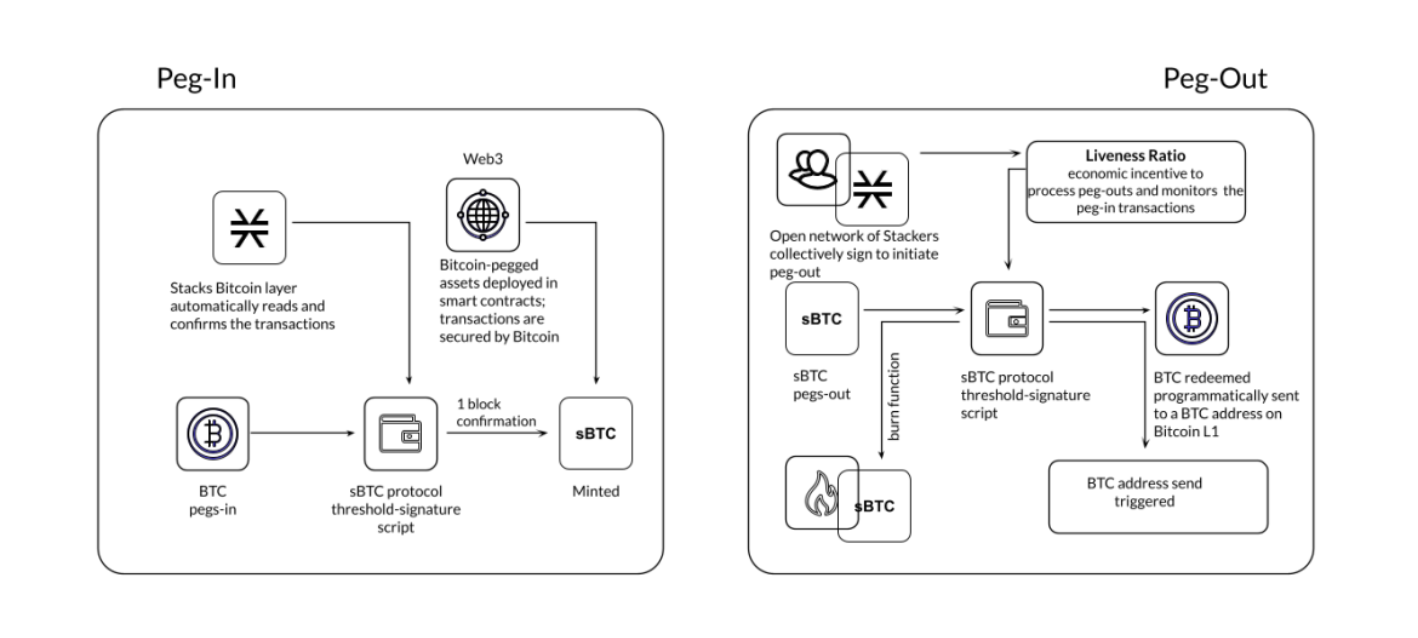Stacks' Nakamoto Upgrade Is Here! What's Chaning?

You are reading an excerpt from our free but shortened abridged report! While still packed with incredible research and data, for just $40/month you can upgrade to our FULL library of 60+ reports (including this one) and complete industry-leading analysis on the top crypto assets.
Becoming a Premium member means enjoying all the perks of a Basic membership PLUS:
- Full-length CORE Reports: More technical, in-depth research, actionable insights, and potential market alpha for serious crypto users
- Early access to future CORE ratings: Being early is sometimes just as important as being right!
- Premium Member CORE+ Reports: Coverage on the top issues pertaining to crypto users like bridge security, layer two solutions, DeFi plays, and more
- CORE report Audio playback: Don’t want to read? No problem! Listen on the go
Nakamoto Upgrade
The Stacks Nakamoto upgrade, originally anticipated for 2023, has been rescheduled with a launch window set between April 15 - 29, 2024. This pivotal upgrade is poised to significantly enhance the Stacks blockchain's performance and its integration with Bitcoin. It aims to introduce faster and more secure transactions, ensuring a robust connection between Stacks and Bitcoin, ultimately enriching user experience and broadening the blockchain's functional capabilities.
The Nakamoto upgrade is set to introduce a range of advancements, including the reduction of transaction confirmation times from the standard 10 minutes to mere seconds, thereby greatly benefiting dApps, particularly those in the DeFi sector. This is achieved by targeting a new block approximately every 5 seconds, potentially allowing transactions to be confirmed in under a minute. Security-wise, the upgrade ensures that Stacks transactions achieve a level of security on par with Bitcoin transactions through a method where Stacks miners periodically commit to the Stacks blockchain state in transactions written to the Bitcoin blockchain. This effectively anchors the history of Stacks tenure changes to Bitcoin, making transactions irreversible unless the Bitcoin blockchain itself is reversed. Moreover, the Nakamoto upgrade introduces measures to resist Bitcoin reorganizations and ensure that valid Stacks transactions remain confirmed, even through Bitcoin reorgs, with only those transactions dependent on lost Bitcoin state requiring re-mining. Additionally, to promote fairness in the network, an anti-MEV strategy called ATC-C is being implemented, which aligns miner rewards with proof-of-transfer commitments and discourages high BTC spending by Bitcoin miners solely to maximize STX gains.
Moreover, the Nakamoto upgrade introduces measures to resist Bitcoin reorganizations and ensure that valid Stacks transactions remain confirmed, even through Bitcoin reorgs, with only those transactions dependent on lost Bitcoin state requiring re-mining. Additionally, to promote fairness in the network, an anti-MEV strategy called ATC-C is being implemented, which aligns miner rewards with proof-of-transfer commitments and discourages high BTC spending by Bitcoin miners solely to maximize STX gains.
The update is not just about technical enhancements; it also aims to make Stacks a more viable alternative to centralized counterparts by significantly enhancing the performance of dApps and fortifying the security of its transactions to align with that of the Bitcoin network. This ensures the network's resilience and reliability, even in the event of a Bitcoin reorg, thus maintaining most Stacks transactions' validity.
sBTC
In December 2022, the introduction of sBTC through a dedicated whitepaper signaled a major advancement for the Bitcoin ecosystem, presenting a trust-minimized, bi-directional Bitcoin peg system. The modifications outlined in the Nakamoto Release whitepaper, integrated into Stacks 2.1, serve as the foundation for this innovation. sBTC aims to be the first decentralized, non-custodial Bitcoin peg, enabling seamless Bitcoin transfers between the Bitcoin and Stacks networks. This facilitates the utilization of Bitcoin's liquidity in decentralized finance (DeFi), non-fungible tokens (NFTs), and beyond through Stacks' smart contracts.
Unlike other synthetic BTC variants that depend on federations or centralized custodians, sBTC operates on an open network, empowering any participant to support the peg. This system incentivizes rational behavior as the most profitable strategy, ensuring the peg's maintenance. In contrast, federated solutions like Wrapped BTC (wBTC) and Rootstock BTC (RBTC) impose additional trust assumptions.
sBTC also introduces a unique Recovery Mode mechanism. In instances where a threshold signer delays or refuses a peg-out request, Recovery Mode activates to ensure peg-out requests are honored by redirecting PoX rewards (BTC) and locking Stackers' assets (STX) until the requests are fulfilled. This incentivizes the timely fulfillment of peg-out requests and maintains the stability of sBTC.
The sBTC Developer Release in Q4 2023, moving into alpha testing and a closed incentivized testnet, marks a significant step toward mainnet deployment expected in July 2024. This release equips developers with tools and documentation to explore sBTC functionalities, emphasizing the Stacks ecosystem's commitment to unlocking Bitcoin's full potential as a programmable asset.

![[LIVE] Engage2Earn: Veterans Affairs Labor repairs](https://cdn.bulbapp.io/frontend/images/1cbacfad-83d7-45aa-8b66-bde121dd44af/1)





















